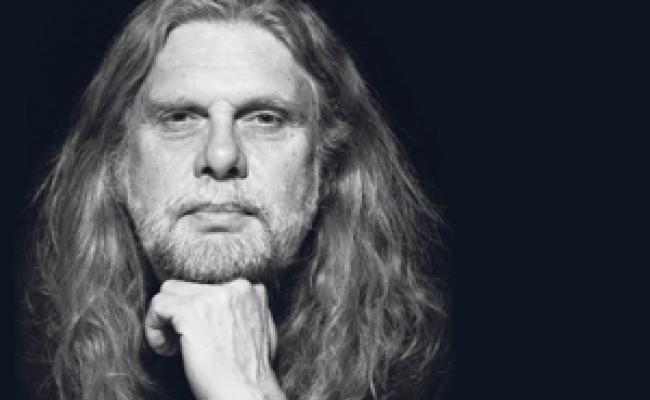Culture Is Evicted From the High North, but Not Even Soldiers Can Live on Bread Alone

A digital meeting between Norway and Russia during Barents Spektakel in 2022 in Kirkenes. (Photo: Arne O. Holm)
Comment: I don't know how many ministers and politicians I have heard speaking fondly about the significance of culture for the High North. I just know there have been many. From now on, however, we will be free of that fuss.
This is a comment, written by an editorial staff member. The commentary expresses the writer's views.
The significance of culture has been one of the cheapest in celebratory speeches and occasionally in budgets and perhaps the most inflated in its description of how investments are made in the Arctic and the High North. There has hardly been a limit to how influential culture is to developing communities in the North.
Culture creates attractive communities, brings new people with it, and builds bridges across borders.
Cultural High North initiatives
The bridge-building has been a particularly important part of the cultural High North initiative, or as it still says in the MFA's budget: Promoting the Norwegian cultural sector internationally is an integrated part of the Norwegian foreign policy.
Once upon a time, this also applied to the part of Norway that various governments have described as "Norway's most important strategic investment area."
Once upon a time, as in the current national budget, culture was such an essential part of this investment that the government announced a "strengthening of the cultural dimension in the government's High North initiative," with a particular focus on "cooperation across country borders in the North."
The quote is from the MFA's budget for 2024.
Cheapest and most inflated
Symbolic action
It did not involve the biggest of sums. NOK 4 million were invested in cultural structures cooperating across the High North. Although the amount was modest, the grant nonetheless had a very symbolic emphasis on what is called the "cultural dimension of the High North initiative."
From this grant, although not from this grant alone, the Arctic Arts Festival, Pikene på Broen [the Girls on the Bridge, ed. translation] in Kirkenes, Riddu Riđđu in Kåfjord, and the Tromsø International Film Festival, among others, deliver boundary-breaking art that added an extra dimension in the international North.
The celebratory speeches on the importance of art were materialized through festivals and productions.
We got to know each other across borders in the North. We got to know each other in a way you cannot through political meetings and conferences. Art used a language that both challenged and described. It provided an identity beyond our local geographical standpoint.
An Arctic family
Art and culture made us aware of our place in a larger Arctic family. The international North became part of our everyday life, an everyday life that is quite different than one where cheap Swedish shopping and sunny vacations provide the framework for our international engagement.
Quite different from cheap Swedish shopping
At the same time, the Nordic countries, in particular, took joint action. The most obvious is Finland and Sweden's accession to NATO, with consequent close military and security policy cooperation across country borders.
The Nordic Council, although limp and with internal conflict, rose to the surface and claimed its place.
The business sector saw new business opportunities and forms of cooperation, and the infrastructure between Norway, Sweden, and Finland suddenly gained importance, like the Iron Ore Line between Norway and Sweden.
In sum, a number of measures and international events that created new and necessary platforms for border-crossing cooperation.
Russia was sanctioned, with the exception of the cultural sector. On the contrary, culture was to be a tool for open channels, not least against the increasingly more oppressive Russian opposition.
While all this is happening, the MFA chooses to go in the opposite direction. From being part of the High North policy that was supposed to be invested more in, culture was removed from the national budget with the stroke of a pen.
With the stroke of a pen.
In black and white, it now reads: "The cultural dimension expires as part of the government's High North initiative."
Spearheads in the public debate.
No justification
There is no explanation, no justification, just an ice-cold statement that culture is no longer a part of the High North initiative.
Everything pointed toward increased cooperation, including this year's national budget.
That promise meant nothing.
The government saves NOK 4 million. That is, by all means, money too.
The cultural arenas that are impacted by this political somersault are all spearheads in the public debate about the future of the North. These spearheads were cheered on by various governments, even with new promises of increased investment.
Military investment in the North is a good thing. But not even officers and soldiers can live on bread alone.
High North News organized the debate series High Noon in cooperation with the Arctic Arts Festival, but receives no direct support from the Norwegian Ministry of Foreign Affairs.



